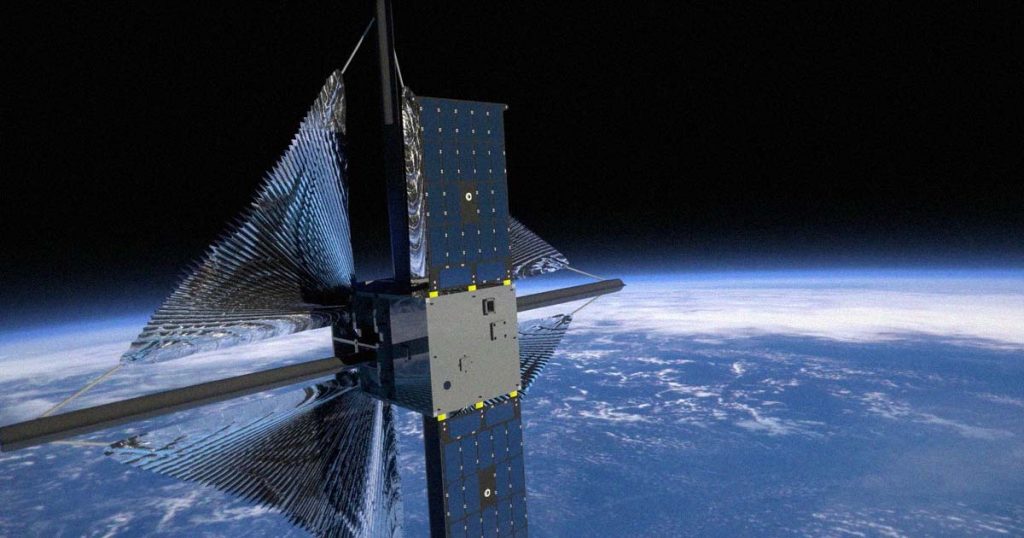
NASA’s Experimental Solar Sail Is Tumbling in Orbit (Image Credit: futurism-com)
The agency claims it’s all part of the plan.
Top Spin
A solar sail is designed to capture the tiny amounts of radiation pressure exerted by sunlight to propel a spacecraft to incredible speeds. The advantages are numerous: by acting like a sailing ship in space, a solar sail-powered spacecraft would be relatively simple in its construction and wouldn’t rely on heavy and costly propellants.
That’s why it was so exciting when NASA’s Advanced Composite Solar Sail System (ACS3) mission was deployed to put the concept to the test. The microwave-sized CubeSa unfurled its 860-square-foot sail in a low-Earth orbit on August 29 after launching into space on April 23.
Whether it’s working properly in the week since is an open question, though. As a NASA spokesperson conceded to Live Science, the diminutive spacecraft has subsequently begun “tumbling or wobbling” in orbit. Its fate remains unknown, as the motion was reportedly expected.
Epic Sail
In a recent blog post, Delft University of Technology space situational awareness lecturer Marco Lanbroek detailed how he observed ACS3 repeatedly dimming and brightening from a satellite tracking station, suggesting it was “tumbling or gyrating.”
“The brightness variation could be suggestive of a slow tumble or wobble (a gyration around an axis) that must have been initiated after August 29, when it appeared more steady,” he wrote. “There might be other explanations though.”
“It will be interesting to see whether it stabilizes again over the next days,” Langbroek wrote.
Satellite tracker s2a systems corroborated Lanbroek’s findings, noticing a possible “slow rotation.”
“We cannot directly confirm Dr. Langbroek’s observations, but consider his conclusion to be quite plausible,” the Swiss company’s managing director Roger Spinner — yes, that’s really his name — told Live Science in an email.
Boom Clap
NASA engineers, though, say it’s all part of the plan.
“The spacecraft is currently tumbling as part of a planned sail deployment sequence,” NASA public affairs specialist Jasmine Hopkins told Live Science.
Before it successfully unfurled its massive sail, ACS3 already encountered some difficulties. During an initial attempt, the sail paused after “onboard power monitor detected higher than expected motor currents,” according to an August 26 NASA update. “Communications, power, and attitude control for the spacecraft all remain normal while mission managers work to understand and resolve the cause of the interruption by analyzing data from the spacecraft.”
While ACS3 isn’t from the first solar sail to be deployed in Earth’s orbit, NASA is hoping to test an extremely light composite material that makes up the solar sail’s folding booms.
By lowering the spacecraft’s mass and making it more resistant to solar radiation, the agency is hoping to bring the concept of low-cost solar sail missions into deep space closer to reality.
More on solar sails: NASA Prepares to Unfurl Large Solar Sail From Spacecraft in Orbit





